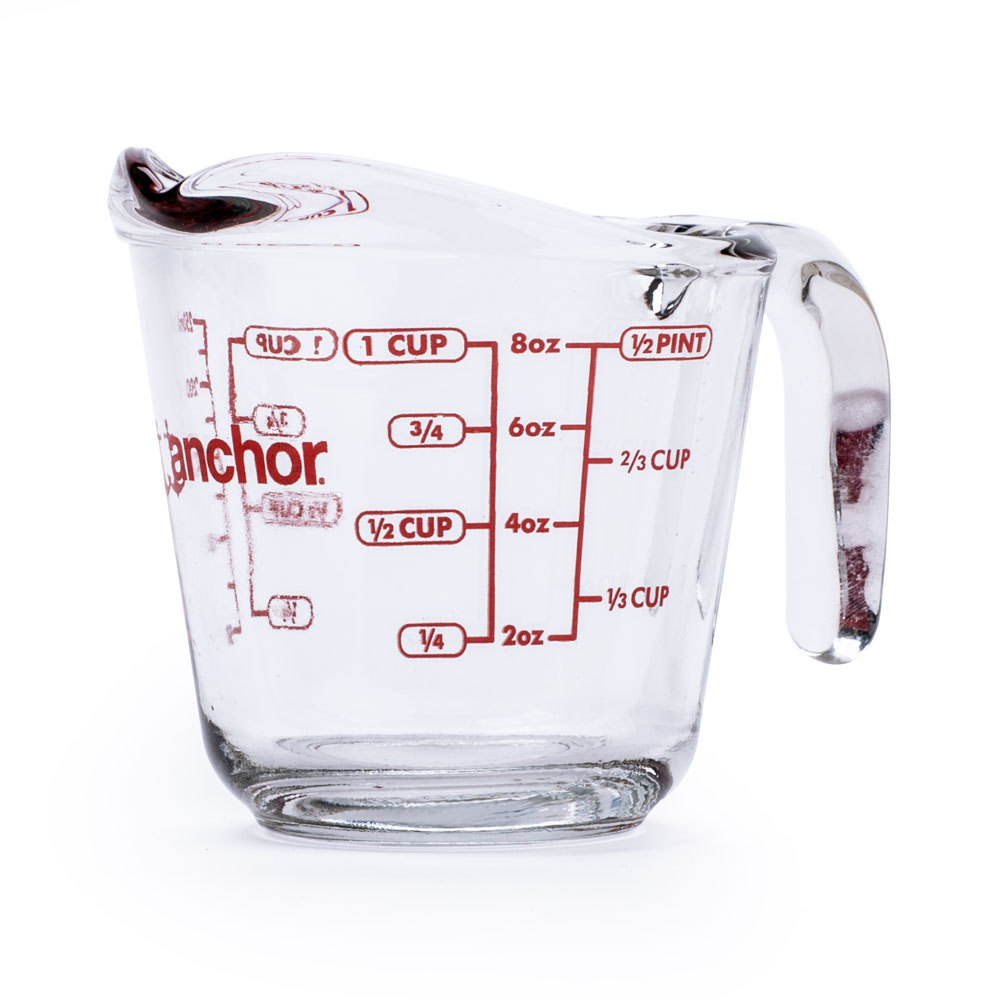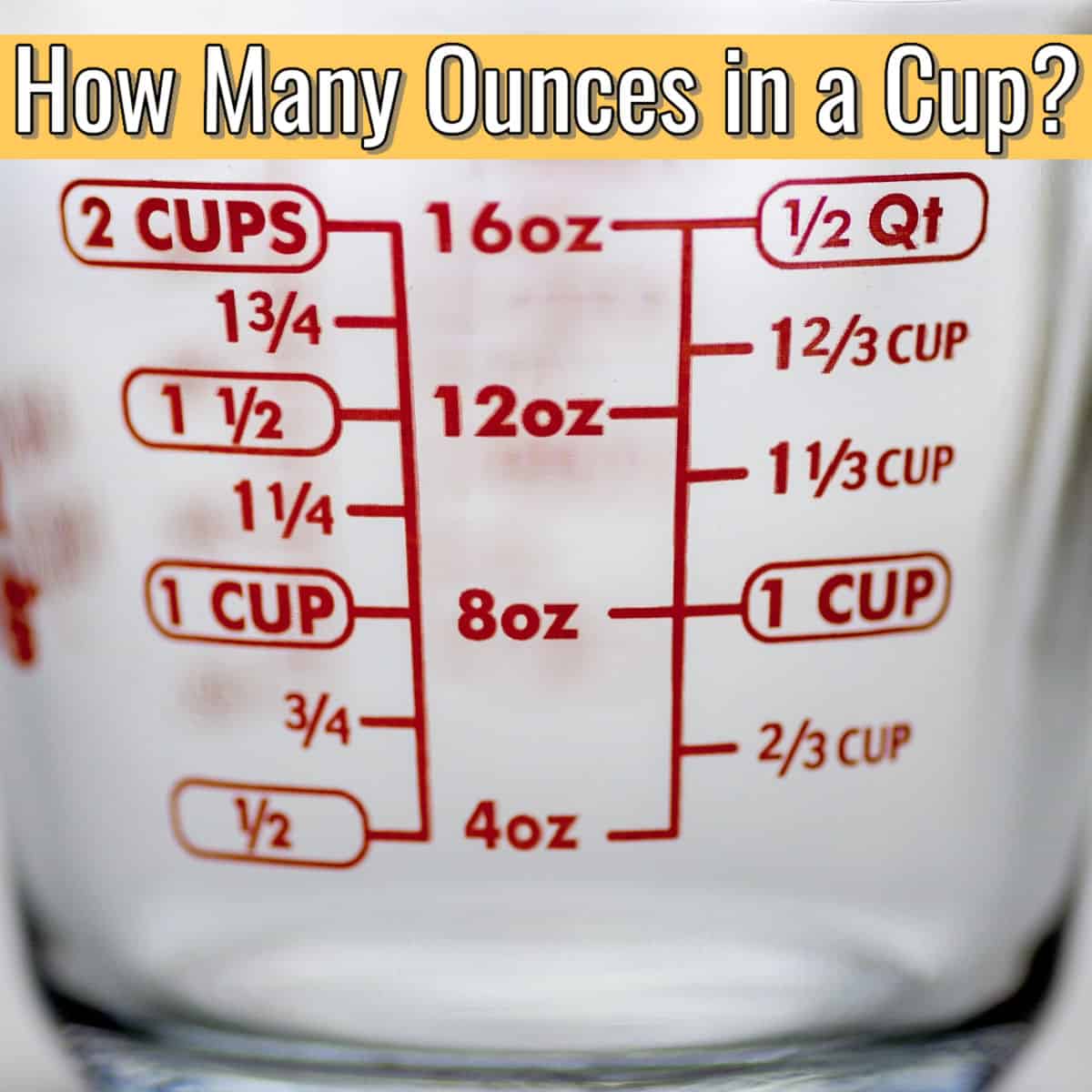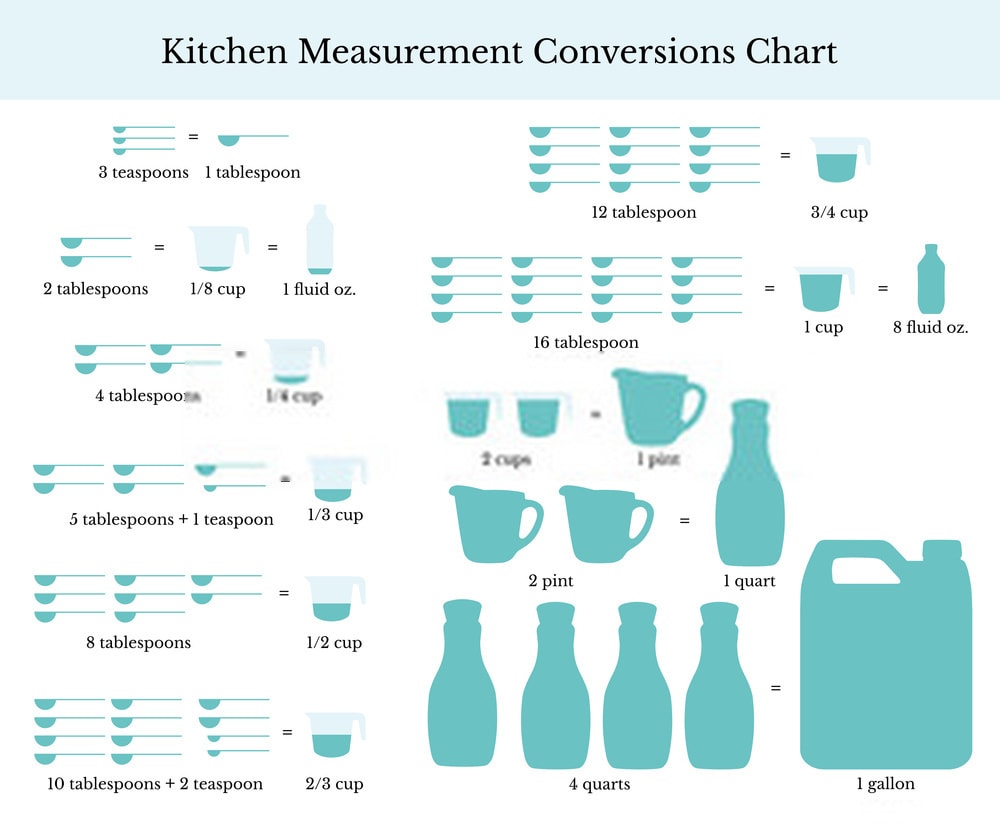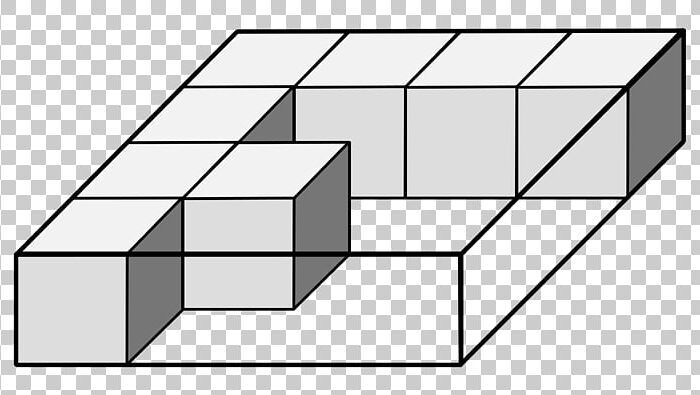Cups measure the volume of a cook. It also relates to cooking and serving sizes. It is traditionally equal to one-half US pint in the United States (236.6 ml). Because actual drinking cups may differ significantly from the size of this unit, standard measuring cups, with a metric cup being 250 millilitres, may be used. An ounce is one of the smallest units of measurement for mass, weight, or volume. People in the American Imperial system and the British metric system used it for this purpose. The abbreviation “oz” refers to this unit. It is derived from the Italian and Spanish word “Onza”. Although people commonly use ounces, there are two types of ounces: dry ounces and fluid ounces. In this article, we are talking about this “1 cup to oz” topic.

A dry ounce is a unit of measurement for small weights. People frequently used it to measure dry ingredients such as flour, nuts, seeds, and sugar, as well as honey and yoghurt. You need a dry measuring cup to measure such ingredients. In this case, you will need to weigh your ingredients. When converting ingredients into cups, this can result in different oz values for different ingredients. The fluid ounce, as opposed to the dry ounce, is used to measure small volumes. Its short form is “fl oz”. This is the unit to use if you need to measure liquid ingredients like milk, water, or cooking oil for your recipes. In this article, we are talking about this “1 cup to oz” topic. So, keep reading to know more about it.
1 cup to oz dry
Many of us believe that an ounce to cup calculator will remain constant regardless of the ingredient, but this is not the case. You need a dry measuring cup when using dry ingredients like flour, sugar, chocolate chips, nuts or seeds. The one shown above is a dry measuring cup, which is ideal for measuring all-purpose flour or a similar substance. The rule for dry measurement is to weigh your ingredients, and the ounce value may change depending on your ingredients when using an oz to cup converter. There is a distinction between fluid ounces and dry measure ounces, despite their similar names. The dry scale measures weight, while the liquid scale measures volume.

In the case of liquids, a cup equals 8 ounces, or a cup of liquid equals 8 fluid ounces. The rule is different for the dry ingredients. A cup of dry flour (APF) weighs 4.5 ounces, not 8 ounces, when measured dry. A cup of nuts, on the other hand, may weigh slightly more than 8 ounces. In short, when a recipe calls for a cup of dry ingredients, you weigh it with a scale. Similarly, you use a liquid measuring cup to accurately take the required amount of fluid for the recipe. Finally, remember that dry measuring cups are for flour, nuts, berries, and other similar dry ingredients, whereas liquid measuring cups are for yoghurt, water, cooking oil, and other similar liquid ingredients.
1 cup to oz Liquid
Use a dry-measuring cup when measuring dry ingredients. To begin, lightly spoon the flour or other similar ingredient into a dry measuring cup and level it with the relatively flat edge of the spoon. To remove the excess flour, you may need to push it across the top of the cup. Use a kitchen scale to weigh the ingredients if necessary. Similarly, you must use a liquid measuring cup to weigh the liquids to be used in a recipe. Because it is difficult to accurately weigh a liquid in a dry measuring cup, you will need a liquid measuring cup for this process. The liquid measuring cups also have a pouring edge, which aids in the transfer of liquid without spilling it all over the sides.

1 cup to oz Butter
Most butter is sold in square or rectangular sticks or blocks. Although you may occasionally see rolled butter in dairy cases, the squared off edges of butter sticks or blocks make them easier to package, ship, and stack in cooler shelves at the grocery store. In most parts of the country, people sold butter in quarter-pound square sticks. Each of these sticks contains eight tablespoons, or half a cup. That means one cup of butter contains two sticks. 1/2 (half) cup equals one stick of butter. One cup is equal to two sticks of butter. Four sticks equals one pound, and many pound cake recipes call for four sticks, or an entire box of butter.Read Also: How many pints in a quart?
People sold butter in 1/2 pound rectangular blocks elsewhere in the country. These butter blocks contain 16 tablespoons, or one cup. Imported butter, such as Irish or French butter, is usually sold in half-pound increments. One-pound blocks of butter are also available. While these are mostly found in restaurant supply stores, you might be able to find a few in a specialty grocery store. These one-pound blocks correspond to four square sticks or 32 tablespoons. Butter sticks and blocks are usually wrapped in wax paper or aluminium foil and labelled with the number of tablespoons and cups in each stick.
More Details
Eight tablespoons are marked on a quarter-pound stick of butter. Measurements for 1/4 cup (4 tablespoons), 1/3 cup (5 1/3 tablespoons), and 1/2 cup are also included (8 tablespoons). Other measurements may be used by some brands. The wrapper will most likely also state that the stick weighs 4 ounces, or 1/4 pound. Most American recipes will specify the amount of butter in tablespoons, sticks, or cups. Some bakers and European recipes may use grammes of butter. This is the most accurate way to measure butter, but you will need a food scale.
The good news is that many recipe developers work hard to make butter measurement simple. For example, 1/3 cup of butter is 5 1/3 tablespoons, and while measuring 1/3 cup of a dry ingredient like flour is simple, slicing the thin tablespoon of butter into thirds to get 1/3 cup may be difficult, so they may round their measurements to 5 tablespoons. That minor adjustment is unlikely to make a significant difference in the final dish.
1 cup to oz Flour
Do you want to know how many ounces are in one cup of flour? Convert One cup of flour to ounces or oz. Cooking results will be much more accurate if you measure your flour by weight (4.41 ounces instead of 1 cup). Please keep in mind that converting 1 cup flour to oz can vary slightly depending on room temperature, flour quality, and so on. You can’t go wrong with 4.41 ounces of flour instead of one cup. This one cup flour to ounce conversion assumes that one cup all-purpose flour equals 4.40925 ounces. The abbreviation for ounce is oz. Values in Oz are rounded to two decimal places.

1 cup to oz Cheese
Cheese is an extremely versatile ingredient. Whether you’re making a sandwich or creamy mac and cheese, it’s critical to use the right amount so it doesn’t overpower the other ingredients. But how do you measure cheese when a recipe calls for ounces and you only have measuring cups or no kitchen scale? You might be wondering how many ounces of cheese are in a cup, just like you might be confused about how many ounces are in a cup. If you’re always wondering about it, keep reading. Measuring cheese will always be dependent on the type. While there are many excellent cheeses available, it is important to note that each type of cheese will yield a different measurement when converted, particularly in cups.
But why do we measure cheese in ounces? Because cheese is a dry ingredient. People usually measured it by weight rather than volume. Because liquid ingredients, such as milk and water, take up the entire volume of the container, volume measures are preferable. Cheese, on the other hand, can vary in shape and size, particularly when shredded or grated. As a result, measuring cheese should be done by weight rather than volume, which is why ounces are more accurate. But don’t worry if you only have measuring cups at home; simply use the guide below to convert how many ounces of cheese are in a cup.
| TYPES OF CHEESE | CUPS (c) | OUNCES (oz) |
| Soft or crumbly cheeses | 1 cup | 6 oz |
| Semi-hard cheeses | 1 cup | 4 oz |
| Hard cheeses | 1 cup | 3 oz |
1 cup to oz Rice
Do you want to know how many ounces are in one cup of rice? 1 cup of rice equals how many ounces? 1 cup of rice equals oz. Converting 1 cup of rice to ounces is more difficult than you might think. Cups are volume units, whereas ounces are mass units. Also, the exact conversion rate may differ depending on the type of rice being measured and whether it is cooked or uncooked. Even if there is no exact conversion rate for converting 1 cup rice to ounces, you can find conversions for the most popular types of rice here.

1 cup equals 7.05 ounces regular white rice. Please keep in mind that cups and ounces are not interchangeable measurements. To get the exact ounces value for 1 cup of rice, you must first know what type of rice you are converting. Also, due to the graininess of rice, the exact measurement of cups of rice in ounces may vary from time to time.
1 cup to oz Coffee
In the United States, a “cup” of coffee is typically 4 fluid ounces (118 ml), brewed with 5 fluid ounces (148 ml) of water. Coffee carafes used with drip coffee makers, such as those made by Black and Decker, have markings for both water and brewed coffee because the carafe is also used to measure water prior to brewing. For instance, a 12-cup carafe has markings for 4, 6, 8, 10, and 12 cups of water or coffee, which translate to 20, 30, 40, 50, and 60 US fluid ounces of water or 16, 24, 32, 40, and 48 US fluid ounces of brewed coffee, respectively. The difference is the amount of liquid absorbed by the coffee grounds and evaporated during brewing.
Some Frequently Asked Questions
How Many Ounces in A Cup of Maple Syrup?
- 1/4 cup = 3 oz
- 1/3 cup = 4 oz
- 1/2 cup = 6 oz
- 1 cup = 12 oz
How Many Ounces in a Cup of Cocoa Powder?
- 1/4 cup = 0.9 oz
- 1/3 cup = 1.2 oz
- 1/2 cup = 1.3 oz
- 1 cup = 3 ½ oz
What is the cost of a serving of cheese?
If we had our way, a serving size would be the entire block of cheese. While there is no official recommendation for cheese serving size, the USDA recommends that healthy adults consume about 3 cups of dairy per day. 1 1/2 ounces of cheese equals about 1 cup of dairy, so 4 1/2 ounces of cheese will get you to your dairy goals. This amount is equivalent to nine to twelve dice-sized cubes of hard or semi-hard cheese, such as cheddar or parmesan.
A cup contains how many fluid ounces?
One cup in the United States holds 8 fluid ounces. One cup in the United Kingdom holds 10 fluid ounces.
- So, 8 US fluid ounces = 1 US cup (236.6mL).
- So, 10 UK fluid ounces = 1 UK cup (284.1mL).
- 1 metric cup (250mL) = 8.799 UK fluid ounces.
How Many Ounces in A Cup of Flour?
- 1/4 cup = 1 oz
- 1/3 cup = 1 ½ oz
- 1/2 cup = 2 ¼ oz
- 1 cup = 4 ½ oz
Is 16 oz equivalent to 16 fl oz?
No, fluid ounces and ounces are not the same thing. Both fluid ounces and ounces are units of measurement, but they are not the same.




